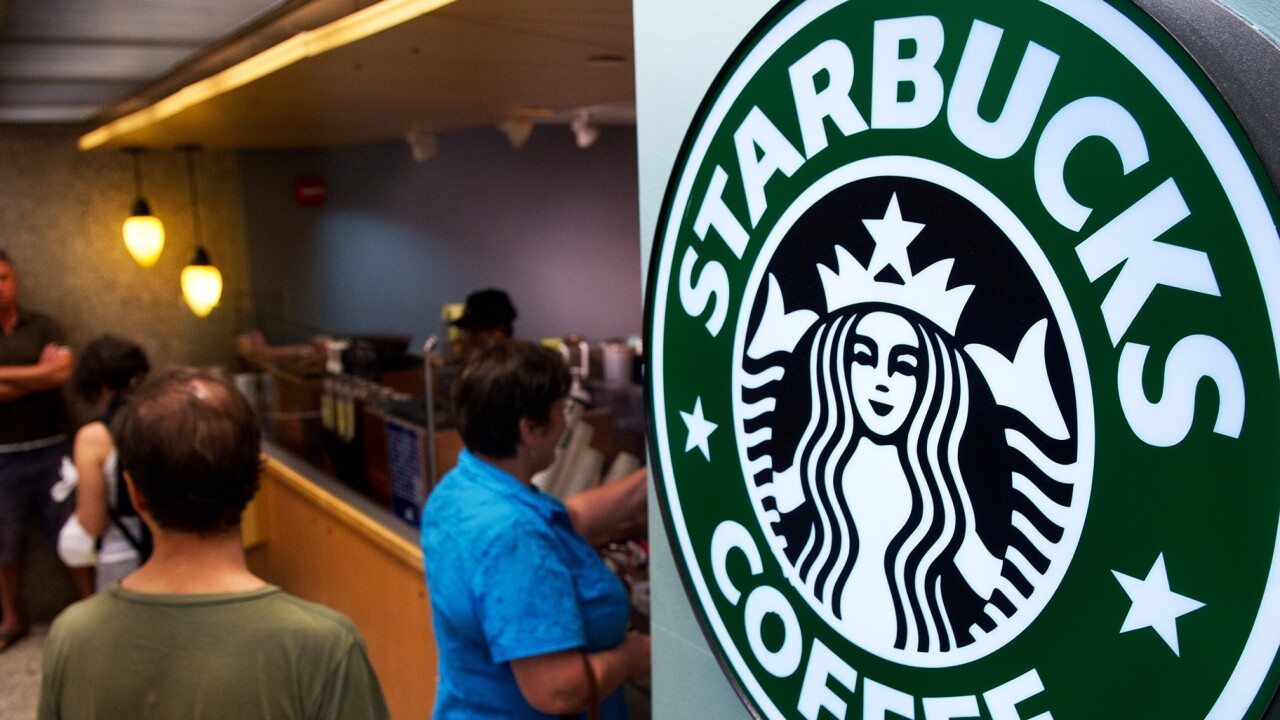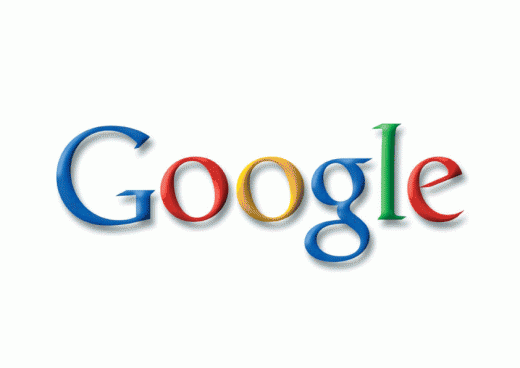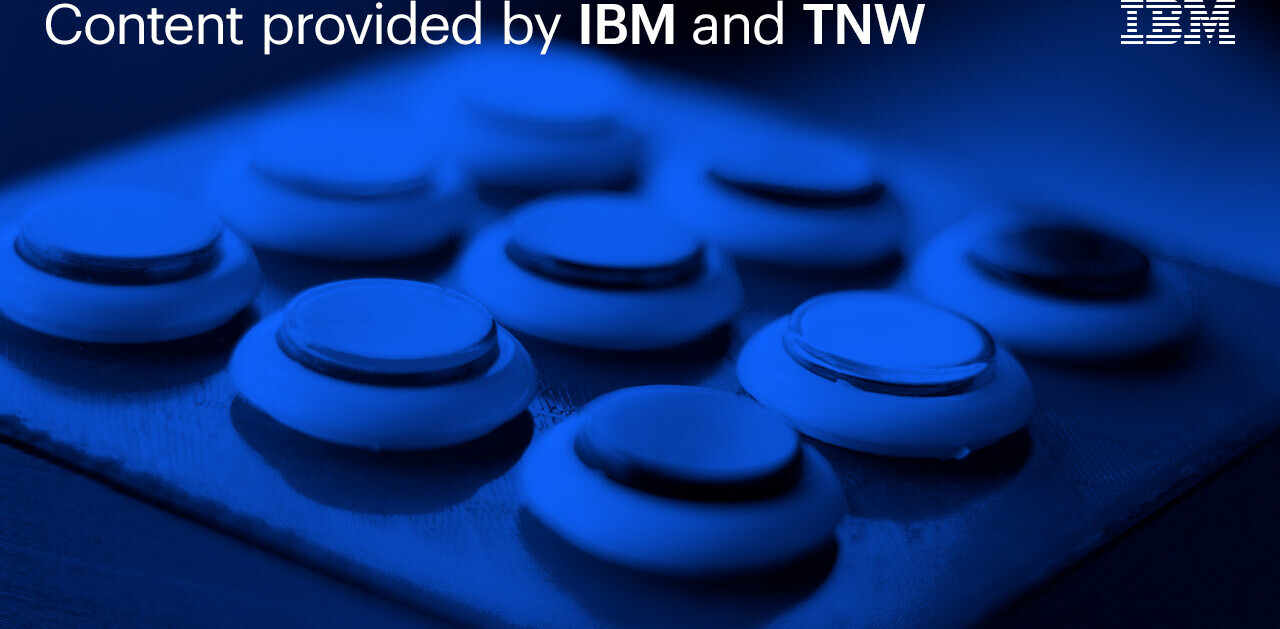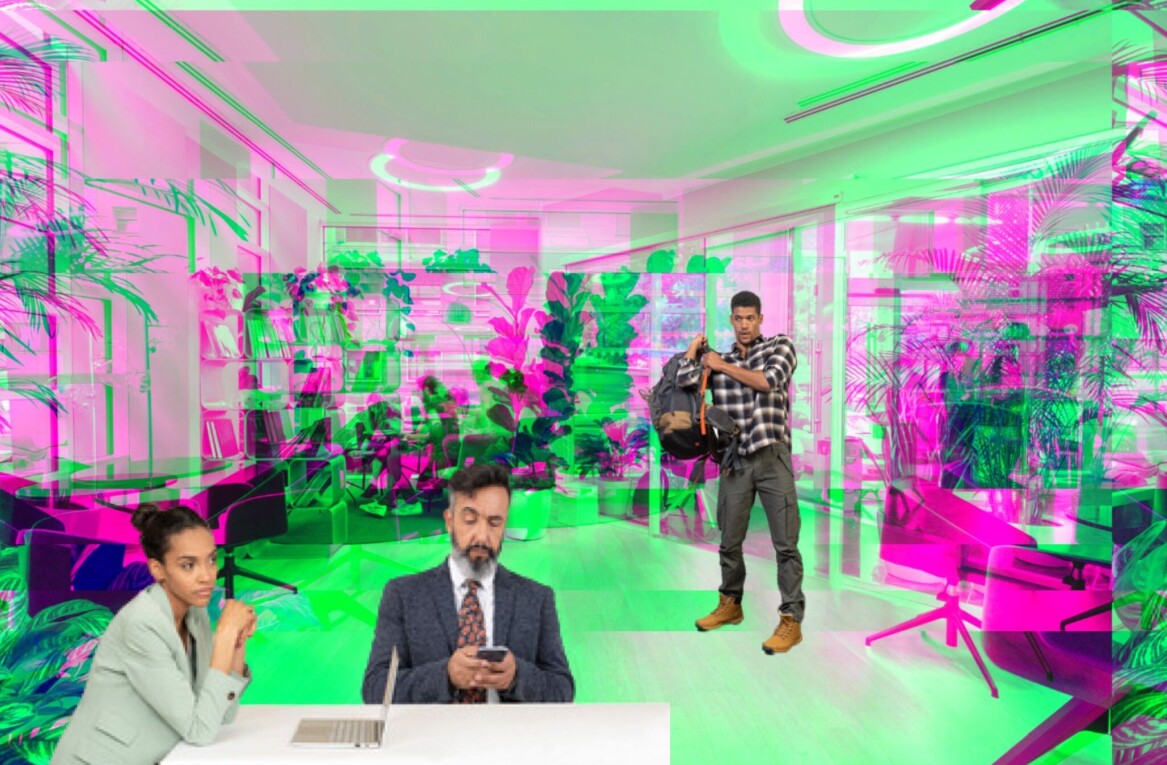
Julius Talvik is co-founder and Chief Innovation Officer of Unison, a brand innovation company in Washington, DC, that develops physical and digital products for companies around the world. He is multi-talented creative director with expertise that stretches from technical development, identity design, and experience design to music production, print collateral and product packaging.
The business world has been through a remarkable transition in the last three decades, a time that has seen traditional concepts of brand move away from the physical to the virtual world. The preeminent philosophy of these times came to be embodied in a software development term known as “user experience”—what a customer experiences in electronic formats.
The difference, it was believed, between a “good” user experience and “bad” one was the difference between a company’s success and its failure. Thus, user experience became the key to thriving in the digital revolution.
In the last decade or so, however, the preeminence of user experience seems to have come full circle. There has been a shift back toward the physical world in which all aspects of a business—its products, architecture, printed materials, software, mobile applications and everything in between—have to be considered as a unified whole in order for companies to succeed.
The story of how we got here, and what it means to businesses moving forward, is a fascinating tale that holds lessons for anyone willing to tune into its subtle, but powerful messages.
The traditional meaning of the term “brand” emerged in the late nineteenth century and evolved slowly but steadily for most of the twentieth century. A brand was an idea applied to a physical thing; most often it was a product, but could be a service, too. A brand encompassed everything the product or service promised to the customer on rational and emotional levels.
Enter the Personal Computer
Between the advent of the personal computer in the early 1980s to the mid-1990s, however, the notion of brand began to seep into the electronic space—the so-called “virtual world.”
The concepts of branding that once applied to physical things got transferred to digital assets such as websites and operating systems. The old notions of brand did not go away, per se; The Coca-Colas and McDonald’s, the Tides and the Chloroxes of the world still existed – but the electronic world took center stage.
The future of brand was virtual and user experience trumped all. It is important to consider the etymology of the term “user experience.” It is a software term for the relative ease with which a customer can interact with a piece of software to accomplish some desired goal, ideally a goal involving the purchase of product.
Two leading examples of this shift are familiar enough: Apple and Amazon. The “insanely great” Apple operating system and Amazon’s “crush-all-competitors” online marketplace transformed the digital world. In 1999 or so, a third player entered the scene when Google launched its minimalist Web experience.
Soon, all the complexities of the Internet were reduced to a single box on a white page. The Internet, Google promised, could be had for the simple price of a few search terms and a click of a mouse. It was the ultimate user experience and several multi-billion-dollar fortunes materialized out of that little box on the white screen.
During this time, new verbs entered the lexicon. Business leaders fretted that their companies would get “Amazoned.” Consumers mastered the art of “Googling.” Suddenly, user experience was all anyone could talk about.
Boomerang effect
Then along came the iPod and, with it, iTunes. As if by magic, the virtual and the physical were once again reunited. User experience and brand, it seemed, were not separate and mutually exclusive things, but different aspects of the same concept. The user experience is the brand experience, and vice versa.
Not only was the iPod a beautiful physical product, an icon of industrial design, but its operating system and the brilliance of iTunes were perfect matches for the simplicity of its design.
Stepping into one of Apple’s new retail stores, it was as if the Apple operating system had inhabited the “geniuses” in the blue shirts, the retail experience and even the very architecture of its stores. If one could use an iPod, Apple promised, one could navigate the store just as easily.
Almost overnight, business experts who only a few years earlier had extolled the age of user experience and cautioned against getting Amazoned were saying that getting “Appled” was the real threat. Today, even Amazon and Google, those paragons of the user experience, are manufacturing consumer devices. Kindle and Google Glass are but two examples among many.
Likewise, Amazon’s warehouses and Google’s campus in Mountain View have become physical extensions of their parent companies, much as Apple’s retail stores and its Cupertino headquarters seem to embody the very essence of Apple.
Implications for business
While this shift to the brand experience is an interesting turn of events, what is the business leader of today to make of the evolution? To me, it means that to stay ahead of the technology/content curve, companies will have to align all brand touchpoints—the physical and the digital manifestations of their brand—around their core principles. This is the “brand experience.”
Increasingly, technology innovation will merge with new hardware devices to connect the disparate consumer decision points of our lives. This is exemplified in the much talked about “Internet of things” where every device we own—our cars, our refrigerators, our wine cellars, our televisions and more—will be networked and controlled through handheld smartphones, laptops, tablets or something else not yet invented.
In this world, where physical and digital are one, the brand experience will become dominant. The philosophy of brand experience is already transforming the retail setting, but it will surely infuse restaurants and entertainment soon enough.
To succeed, and in some cases to survive, companies will have to learn to capture value from their own virtual and physical infrastructures. The Apple Store turns the highest profit per square foot than any other, even Tiffany & Co.
Apple didn’t get there selling diamonds and platinum, mind you, but by applying its exceptional “brand experience” to everything it does—its products and its branded physical environments at the same time.
Businesses will likewise have to develop a consistent voice and tone on all channels. In essence, they will need to create a brand operating system in which the things that work on one device work on all others. This will require a deep understanding and appreciation for the company’s brand pillars and how those pillars apply to each medium and guide the development of future iterations.
Where do we go from here?
The evolution to the age of brand experience will have many beneficial and largely predictable effects on global industry, as well—a sort of 21st century multiplier effect. These impacts will be felt on both sides of the equation, as the ecosystem necessary to support it all will spread into retail, consumer products, shipping and architecture as well as in the sphere of digital design and development.
Companies will have to focus everywhere at once and think hard about how the personalities of their carefully crafted brands get translated into physical and digital things, so that customers can immediately recognize the brand operating system wherever they encounter it. This will require simplification and streamlining to a degree never seen before.
Get the TNW newsletter
Get the most important tech news in your inbox each week.






